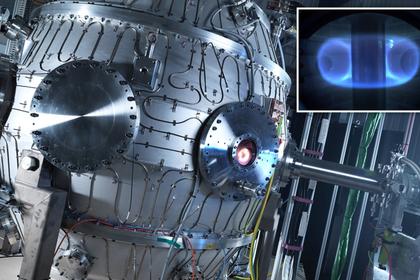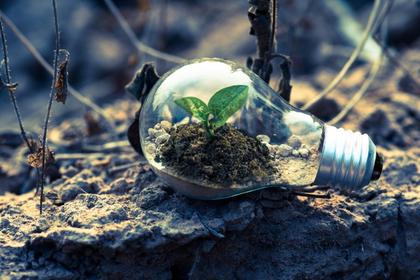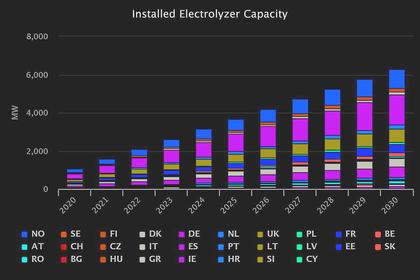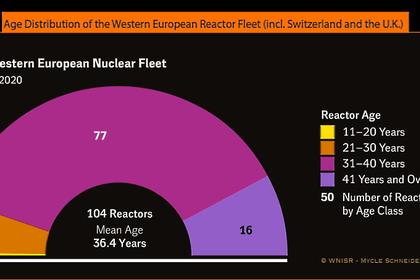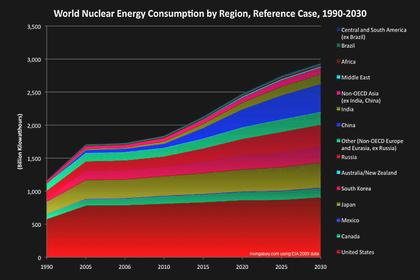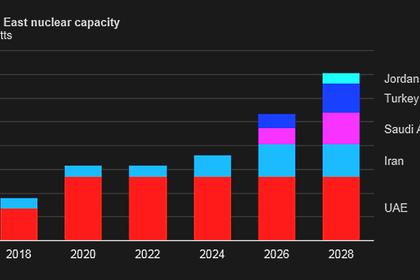
IAEA, IEA NUCLEAR COOPERATION
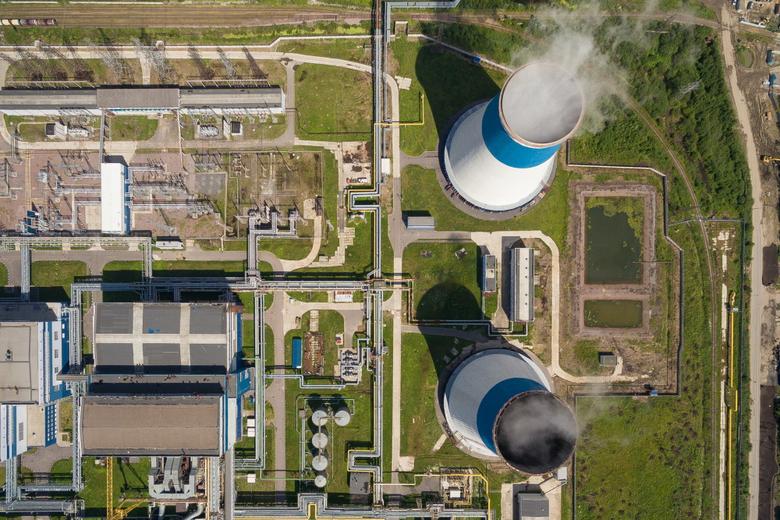
IAEA - DEC 3 2020 - The IAEA and the International Energy Agency (IEA) have agreed to strengthen cooperation on activities involving nuclear power and the clean energy transition needed to achieve global climate goals by mid-century.
Under a Memorandum of Understanding signed by IAEA Director General Rafael Mariano Grossi and IEA Executive Director Fatih Birol, the two organizations will share data, statistics, energy modelling tools, policy analysis and research. They will also collaborate on publications, seminars, workshops and webinars, and increase participation in each other's conferences and meetings of mutual interest.
Mr Grossi and Dr Birol first discussed boosting ties on the margins of the UN Climate Change Conference (COP25) in Madrid in December 2019. Mr Grossi attended the gathering on his first official trip as IAEA Director General, delivering the message that low carbon nuclear power is part of the solution to the climate crisis. He and the Agency are now gearing up to participate in COP26 in November 2021 in Glasgow.
"In my first meeting at COP25, I sat down with Dr Birol to discuss the challenges of the energy transition and the significant role nuclear power can play in achieving climate and sustainable development goals," Mr Grossi said. "We also discussed enhancing ties between our organizations to better support our Member States. It was a very fruitful conversation."
According to the Intergovernmental Panel on Climate Change, greenhouse gas (GHG) emissions must be slashed to limit global warming to 1.5°C above pre-industrial levels and avoid the worst effects of climate change. That would require energy production and use to be fully decarbonized by 2050. Nuclear power provides round-the-clock low carbon electricity yet is flexible enough to support variable renewable sources, with GHG emissions similar to those of wind and solar power.
Since COP25, the IAEA and IEA have increasingly worked together. Last summer, Mr Grossi took part in two IEA events including the Clean Energy Transitions Summit. In September, Dr Birol was a featured speaker at the IAEA Scientific Forum, which focused on nuclear power and the clean energy transition. The two then teamed up to write a joint op-ed for CNN on the role of nuclear power in the post-pandemic economic recovery. Meanwhile, IAEA and IEA technical experts have cooperated more closely, with IAEA experts reviewing nuclear power information in key IEA reports such as the World Energy Outlook.
Dr Birol took part in this week's 22nd meeting of the Vienna Energy Club, hosted virtually by the IAEA.
In an address focused on the COVID-19 pandemic's impact on the energy sector, Dr Birol said countries should not forget about energy security in crafting policies for reaching net zero by 2050. "If there are any incidents such as blackouts, the energy transition will be very badly affected," he said. While renewables such as solar, wind and hydro are important, "we also need other clean energy technologies, and in my view, in the countries where it is accepted, nuclear power definitely belongs to those clean energy technologies," Dr Birol added.
Looking ahead, the two organizations plan a joint workshop early next year on long-term nuclear power projections, looking at the role of nuclear power in decarbonizing electricity production as well as other sectors. The IEA already contributes to the development of the IAEA annual projections.
The IAEA and IEA will also collaborate on the role of nuclear power to produce low carbon hydrogen.
Low carbon hydrogen is seen as essential to decarbonizing "hard to abate" sectors such as industry or heavy-duty transport that cannot be easily electrified. To shrink the environmental footprint of over 70 million tonnes of hydrogen produced annually from fossil fuels, some countries are looking to nuclear power. The IAEA supports them through initiatives including publications, technical meetings and coordinated research projects.
-----
Earlier:
